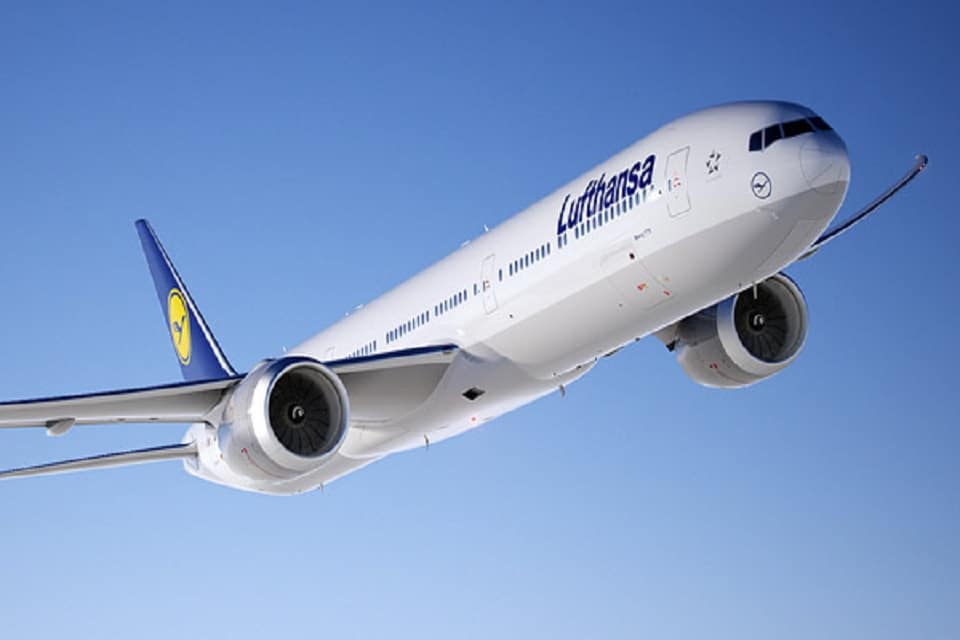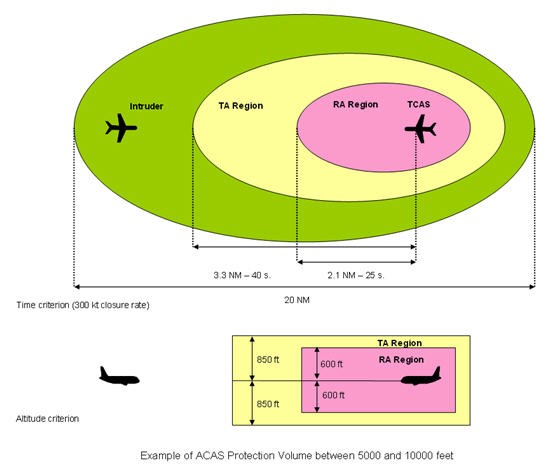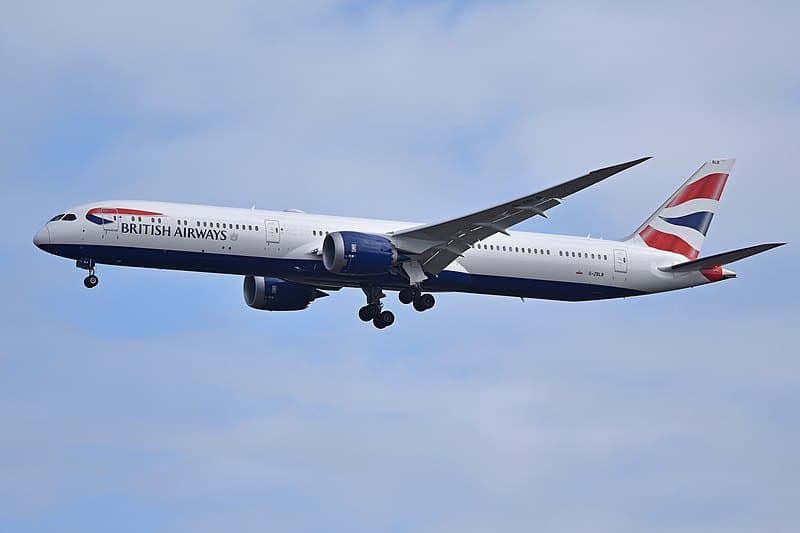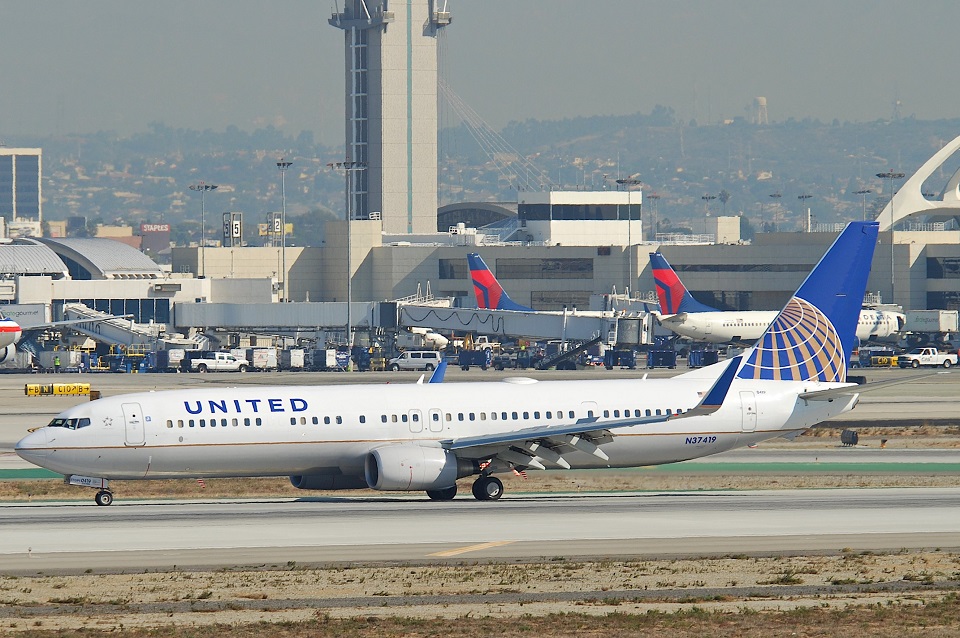Aviation
Flying into the Europe then your Aircraft should to be equipped with the latest ACAS
The Airborne Collision Avoidance System II (ACAS II) was introduced in order to reduce the risk of mid-air collisions or near mid-air collisions between aircraft.

What is ACAS ?
The Airborne Collision Avoidance System II (ACAS II) was introduced in order to reduce the risk of mid-air collisions or near mid-air collisions between aircraft. It serves as a last-resort safety net irrespective of any separation standards. ACAS II is an aircraft system based on Secondary Surveillance Radar (SSR) transponder signals. ACAS II interrogates the Mode C and Mode S transponders of nearby aircraft (‘intruders’) and from the replies tracks their altitude and range and issues alerts to the pilots, as appropriate. Non-transponding aircraft are not detected.
Types of ACAS
- ACAS I Gives Traffic Advisories (TAs) but does not recommend any manoeuvres.
- ACAS II Gives Traffic Advisories (TAs) and Resolution Advisories (RAs) in the vertical sense (direction)
- ACAS III Gives TAs and RAs in vertical and/or horizontal directions
How does it works ?

pic source : en.wikipedia.org

You are flying into the EU? As of 01/12/2015, your aircraft needs to be equipped with the latest airborne collision avoidance system.
Article 1
Subject matter and scope This Regulation lays down common airspace usage requirements and operating procedures for airborne collision avoidance to be fulfilled by:
(a) operators of aircraft referred to under Article 4(1)(b) and (c) of Regulation (EC) No 216/2008 undertaking flights into, within or out of the Union; and
(b) operators of aircraft referred to under Article 4(1)(d) of Regulation (EC) No 216/2008 undertaking flights within the airspace above the territory to which the Treaty applies as well as in any other airspace where Member States apply Regulation (EC) No 551/2004 of the European Parliament and of the Council
Article 2
Definitions For the purposes of this Regulation the following definitions shall apply:
(1) ‘airborne collision avoidance system (ACAS)’ means an aircraft system based on secondary surveillance radar (SSR) transponder signals which operates independently of ground-based equipment to provide advice to the pilot on potential conflicting aircraft that are equipped with SSR transponders;
2)‘airborne collision avoidance system II (ACAS II)’ means an airborne collision avoidance system which provides vertical resolution advisories in addition to traffic advisories;
(3) ‘resolution advisory (RA) indication’ means an indication given to the flight crew recommending a manoeuvre intended to provide separation from all threats or a manoeuvre restriction intended to maintain existing separation;
(4) ‘traffic advisory (TA) indication’ means an indication given to the flight crew that the proximity of another aircraft is a potential threat.
Article 3
Airborne collision avoidance system (ACAS)
1. The aeroplanes referred to in Section I of the Annex to this Regulation shall be equipped with and operated in accordance with the rules and procedures as specified in the Annex.
2. Member States shall ensure that operation of aeroplanes referred to in Article 1(2)(a) of Regulation (EC) No 216/2008 comply with the rules and procedures specified in the Annex in accordance with the conditions set out in that Article.
Article 4
Special provisions applying to operators subject to Council Regulation (EEC) No 3922/91 (1)
1. By derogation from provisions OPS 1.668 and OPS 1.398 of Annex III to Regulation (EEC) No 3922/91, Article 3 and the Annex to this Regulation shall apply for operators of aeroplanes referred to in Article 1(a).
2. Any other obligation imposed on air operators by Regulation (EEC) No 3922/91 as regards the approval, installation or operation of equipment shall continue to apply to ACAS II.
Article 5
Entry into force and application
1. This Regulation shall enter into force on the 20th day following its publication in the Official Journal of the European Union.
2. Articles 3 and 4 shall apply as of 1 March 2012.
3. By way of derogation from paragraph 2, in the case of aircraft with an individual certificate of airworthiness issued before 1 March 2012, the provisions of Article 3 and 4 shall apply as of 1 December 2015.
Original document: Download
source: EASA (European Aviation Safety Agency)
Note : Education Pursposes
Liked it ..!?
Share with your friends and family

Aviation
Air India’s B747 Makes Its Final Journey, Waving Farewell to Fans

In a poignant moment marking the end of an era in aviation history, Air India’s iconic Boeing 747 aircraft, affectionately known as the ‘Queen of the Skies,’ embarked on its ultimate journey from Mumbai’s international airport.
The departure, bound for Plainfield, USA, where it will undergo dismantling and part-stripping under the ownership of American AerSale, signals the closure of a storied chapter for the airline.
Once revered for transporting dignitaries ranging from prime ministers to presidents, the Boeing 747 has etched itself into aviation lore. Yet, as airlines worldwide pivot towards more contemporary and cost-effective aircraft, Air India’s decision to bid farewell to its remaining Boeing 747s reflects the pragmatic realities of today’s aviation landscape.
The sale of these majestic planes to AerSale represents a strategic move by Tata Group, Air India’s new custodian, towards optimizing operational efficiency and embracing modern industry standards. Out of the four aircraft sold, two will be repurposed into freighters, while the remaining pair will be meticulously disassembled to salvage valuable components.
The final flight from Mumbai witnessed a touching tribute as pilots performed a traditional ‘Wing Wave,’ symbolizing the conclusion of the Boeing 747‘s distinguished service with Air India. This poignant gesture encapsulates the deep sentiment attached to the aircraft’s departure and its significant contribution to the airline’s legacy.
As the Boeing 747 embarks on its journey to Plainfield, USA, nostalgia permeates the air, evoking memories of its maiden flight on March 22, 1971. Over five decades, Air India operated a total of 25 Boeing 747s, each leaving an indelible mark on the annals of aviation history.
Middle East
British Airways Resumes Daily Flights to Abu Dhabi, After 4-Year hiatus

British Airways made its way back to Abu Dhabi, landing at Zayed International Airport. Following a four-year break in service, both crew and passengers were greeted with enthusiasm.
In the summer of 2024, British Airways plans to launch a daily route, utilising a Boeing 787-9, from London Heathrow to Abu Dhabi. The new route enhances ties between the UAE and the UK and expands vast worldwide network, catering to passengers who may be visiting friends and family or travelling for business.
Arriving in Abu Dhabi at 08.30+1, flight BA073 to Abu Dhabi leaves London Heathrow at 22.25. Departing at 10.10 and landing at London Heathrow at 15.20 is the inbound flight (BA072).
The chief executive officer and managing director of Abu Dhabi Airports, Elena Sorlini, stated: “We are delighted to welcome British Airways to Zayed International Airport. Their daily schedule is expected to improve connectivity and stimulate travel and business.” Visitors may experience the dynamic capital of the United Arab Emirates like never before at our brand-new, award-winning, state-of-the-art terminal, where they will be welcomed with the best kind of Emirati hospitality.”
Flight schedule:
| London Heathrow (LHR) to Zayed International (AUH)All times are local | ||||||
| Season | Flight number | Departing LHR | Arriving AUH | Flight number | Departing AUH | Arriving LHR |
| Summer ‘24 | BA73 | 22:25 | 08:30+1 | BA72 | 10:10 | 15:20 |
| Winter ‘24 | BA73 | 22:25 | 09:30+1 | BA72 | 11:10 | 15:20 |
Aviation
FAA investigation: Passenger seated in Captain’s seat inside cockpit at cruising altitude

A viral video capturing a startling moment aboard a United Airlines charter flight from Denver to Toronto has triggered a federal investigation.
The footage, initially shared on social media by Hensley Meulens, the hitting coach for the Colorado Rockies baseball team, depicts a member of the coaching staff seated in one of the pilot seats while the aircraft was in mid-flight.
In his caption, Meulens expressed gratitude to the captain and first officer for allowing him this unusual experience. The video, filmed by another passenger, reveals the cockpit door open, and at one point, a third passenger briefly enters the flight deck. Alarmingly, during this time, the captain was absent from the cockpit.
Despite the flight being a private charter operated by United Airlines, company and Federal Aviation Administration (FAA) regulations strictly prohibit passengers from entering the cockpit during flight or leaving the flight deck unsecured.
United Airlines swiftly responded, expressing deep concern over the incident. A spokesperson emphasized that the video depicted an unauthorized person in the flight deck at cruising altitude with the autopilot engaged, constituting a clear violation of safety and operational policies.
The FAA confirmed that it is actively investigating the incident, highlighting that unauthorized access to the flight deck during flight is a violation of federal regulations. The agency assured that it is taking the matter seriously and will conduct a thorough examination to ensure compliance with aviation safety standards.






















